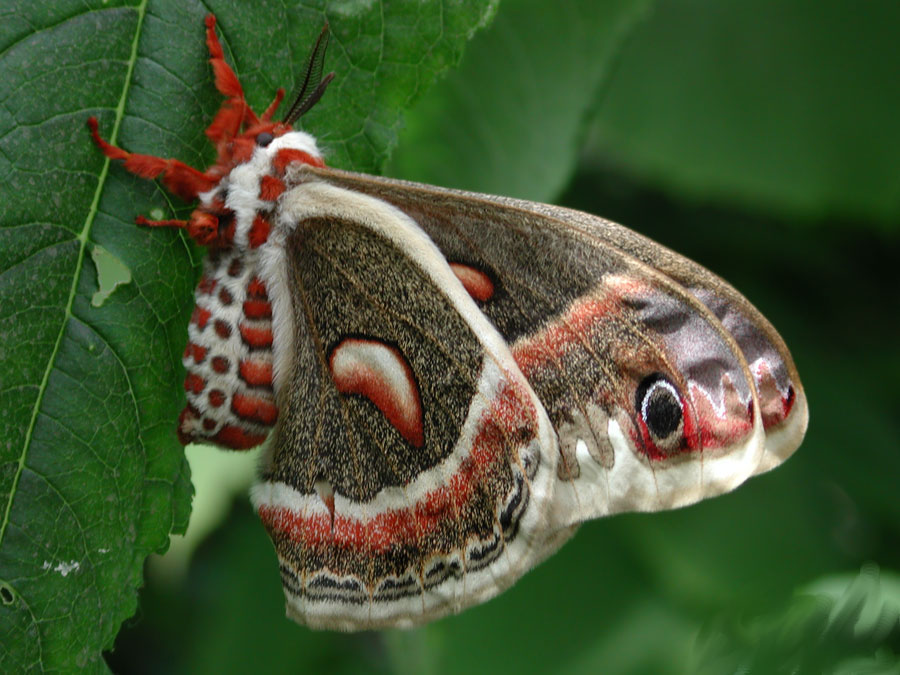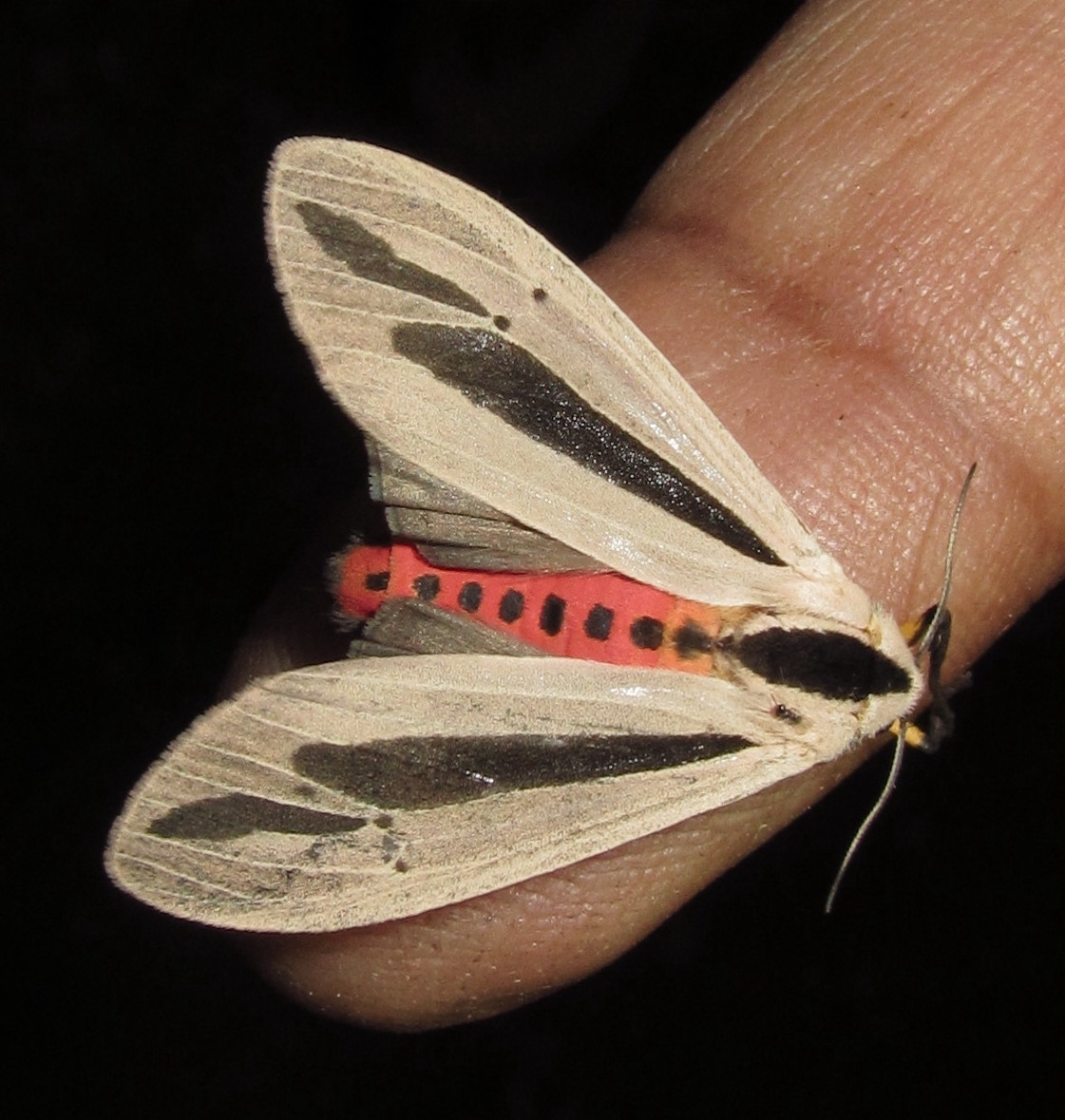Moths do not take part in biting behavior that's analogous to that which humans may experience. Notwithstanding their beneficial role in the ecosystem, these creatures have the potential to inflict harm on clothing and textiles through the act of gnawing, leading to the forming of unsightly holes. These issue can be mitigated through the appropriate storage of said items in hermetically sealed containers.
Although do moths attack humans aren't recognized to bite, their larval stage, commonly known as caterpillars, possess mouthparts which are with the capacity of inflicting a sting. It is imperative to utilize a repellent so as to deter them from encroaching upon your premises.
These entities lack oral cavities.
The lepidopterans that exhibit flight patterns within the confines of your abode lack the anatomical feature of a mouth. These arthropods employ their antennae for the purposes of consuming foliage and fruits, extracting nectar from flowers, and locating potential partners. Additionally, these organisms possess an elongated, tubular appendage which they utilize for the intended purpose of imbibing fluids and maintaining homeostasis of bodily fluids. As these moths mature, they experience a reduction in their oral structures, rendering them not capable of participating in feeding behaviors.
The primary cause for the shortcoming of adult moths to bite humans is related to their lack of mouths. Certain species of moths have the potential to inflict harm upon textiles and other woven materials, primarily due to the activities of these immature forms. The larvae of certain moth species have the ability to consume wool and various other styles of clothing, leading to the formation of holes, stains, along with other forms of damage. The larvae of diverse moth species have been observed to consume a variety of household plants and foodstuffs, resulting in the formation of perforations and discolorations on these substrates.
Moths exhibit remarkable mimicry skills and also have undergone diverse adaptations to discourage potential predators. The Polyphemus moth exhibits prominent eyespots that bear resemblance to those of a hornet. The wood nymph, a species of moth, exhibits a appearance that bears a resemblance to avian excrement. This adaptation enables the moth to evade predation by feces-attracted predators.
Although it is uncommon, certain species of moths possess the capability to inflict a sting upon humans. The moths involved possess hair-like structures that resemble spines, capable of penetrating your skin upon contact and subsequently discharging a chemical compound that elicits a sensation of discomfort. Typically, the majority of these stings usually do not pose a threat to human well-being, notwithstanding the chance of certain individuals experiencing an allergic response that manifests as erythematous regions and papules resembling urticaria. The medical terminology used to spell it out this particular ailment is known as lepidopterism.
These organisms lack the ability to inflict a sting.
can moths sting , commonly known as moths, lack mouthparts that contain the capability to penetrate and bite into objects, thereby rendering them incapable of biting humans. However, they will have the potential to harm your wardrobe and other domestic issues inside your household. Having an effective moth repellent may be the optimal approach to moth prevention.
Although adult moths do not possess the ability to bite, it is noteworthy that moths in their caterpillar stage are capable of doing this. This phenomenon occurs when larvae undergo their developmental process by gnawing through natural materials and fabrics. The resultant perforations can potentially incur significant expenses to one's wardrobe and beddings.
The spines of moth caterpillars are adapted to supply a defense mechanism against potential predators. Using instances, these protrusions may become embedded within the dermal layer. Lepidopterism, an allergic attack that bears resemblance to hives and may persist for several minutes, can be induced by these organisms.

Fortunately, nearly all moth larvae lack spines that possess the capacity to inflict harm upon humans; however, there exist a restricted number of outliers. The caterpillar of the flannel moth species has spiny hairs that contain the ability to readily abide by human skin. This may bring about the development of a pruritic, erythematous eruption resembling urticaria, which may necessitate medical intervention.
Some less common moth larvae possess spines coated with venom. Typically observed within the Calyptra genus, these organisms have the potential to elicit a pruritic, erythematous, and vesicular response upon contact with human skin. Additionally, it has the potential to elicit a more grave ocular response which could result in fatality if prompt antivenom therapy is not administered.
There is absolutely no significant health risk associated with them.

Nearly all adult moth species usually do not possess the requisite mouthparts for biting, thereby rendering them innocuous to human health. Certain species of moth caterpillars possess spiny-like hairs that can cause discomforting stings to individuals. These stings may elicit pruritus, transient pain, and erythematous wheals similar to urticaria. Thankfully, the incidence of the caterpillars is infrequent and they do not present a considerable threat to human health.
In contrast, the larvae of moths have the potential to pose a threat. The larvae of Tineola bisselliella (Clothes Moth), Acronicta tridens (Common Miller Moth), and Plodia interpunctella (Pantry Moth) be capable of consume and damage fabrics and dry foods. In the event of an infestation by these organisms within one's household, there exists a potential for detrimental effects such as clothing damage and food spoilage. The larvae of said moths can handle consuming woodwork along with other household materials.
Although moths are not known to bite, they will have the potential to contaminate food, particularly in the oral cavities of young children. These moths are proven to harbor bacteria and parasites. They are able to also contaminate food storage containers along with other items in your kitchen.
Generally, moths usually do not pose any health risks unless they are infested in large numbers. These insects are mainly harmless to people, but they can irritate the skin or eyes of these who suffer from allergies. They can also exacerbate symptoms in people with a respiratory allergy or dermatitis. Moreover, in case a person is allergic to dust mites, the current presence of moths can cause a recurrence of those symptoms.
do moths bite or sting are a nuisance
Moths certainly are a nuisance since they can chew holes in wool, silk, and other natural fibers. These holes can damage expensive clothing and blankets. They are also a nuisance since they can eat their way through carpeting along with other fabrics. However, moth bite are not dangerous to humans. They don't bite , nor sting. However, they are able to irritate your skin by pricking it with their spiky hairs. These hairs can cause itching and a rash that resembles hives.
Moths have wings that help them fly. Also, they are in a position to use their antennae to sense the smell of food. Some moths have mouthparts called proboscises that permit them to pierce fruit and other plants. The calyptra moth, known as the vampire moth, includes a more specialized proboscis made to draw blood from fruits along with other plants.
Most moths have a soft, velvety appearance and are within dark places such as for example closets and cupboards. They're nocturnal and often go about their business while people sleep. They may seem to be a nuisance when they gather in good sized quantities inside homes.
Most people believe that moths can bite because they chew holes in their wardrobes. However, it is the larvae that do this. Adult moths eat only nectar , nor chew through clothing. They're more of a nuisance if they gather in large numbers to replicate indoors. The moth population explodes in the spring and fall during migration to higher elevations to feed before overwintering.
